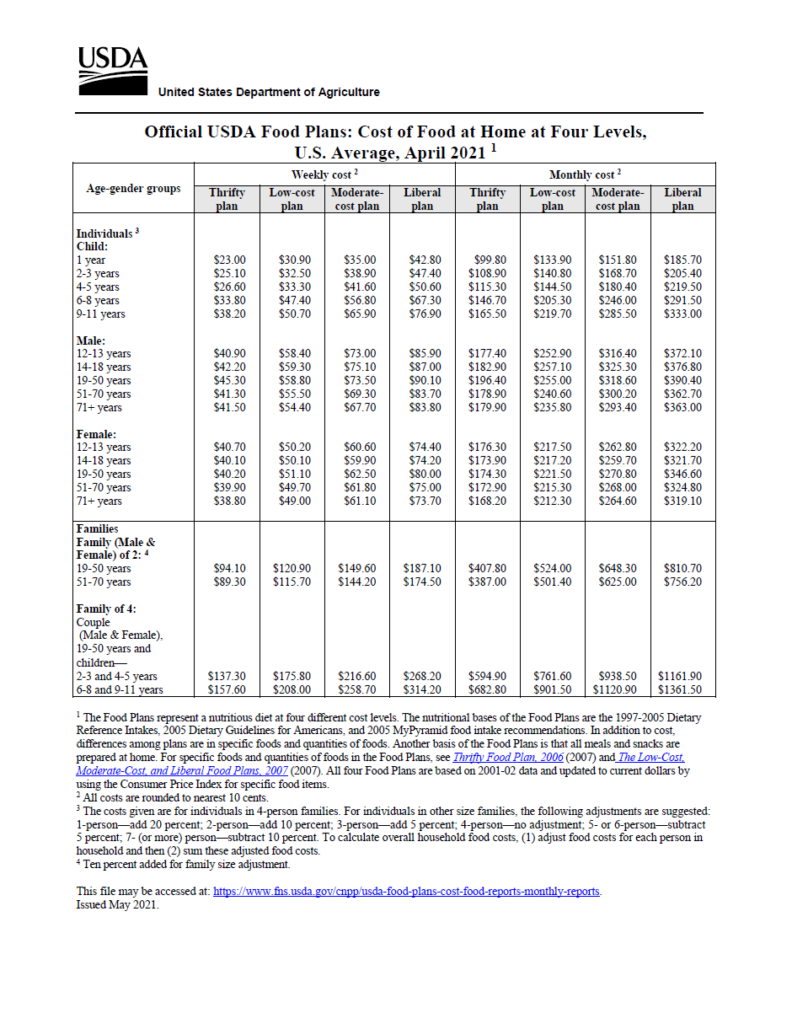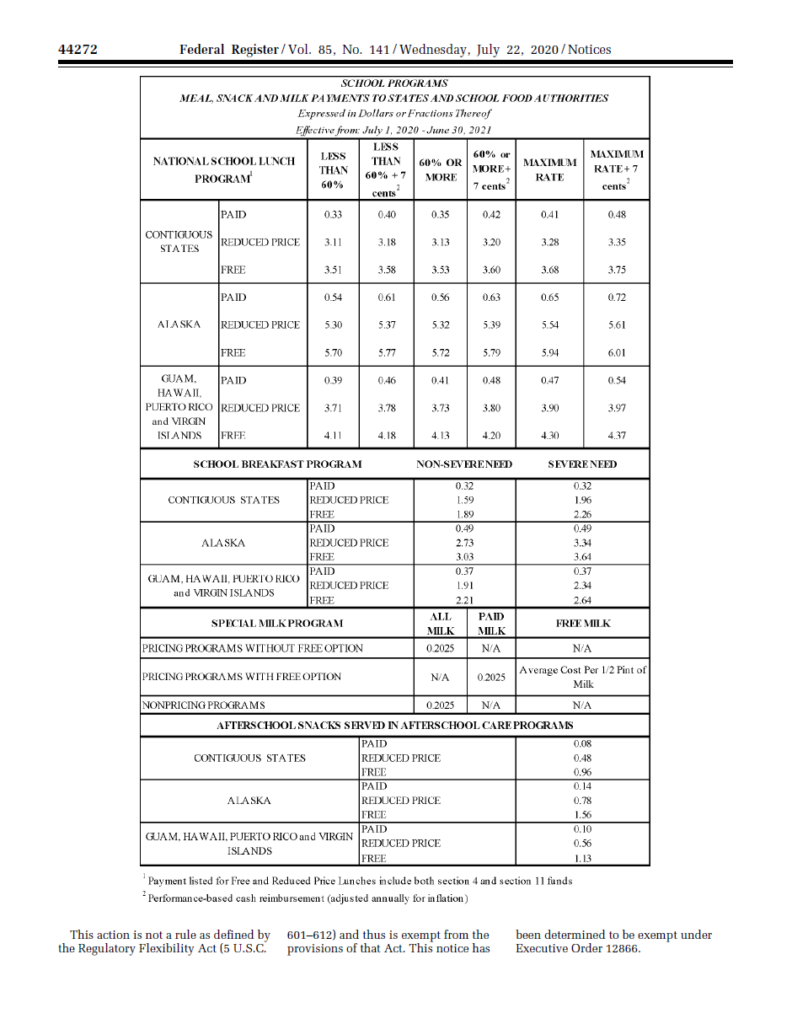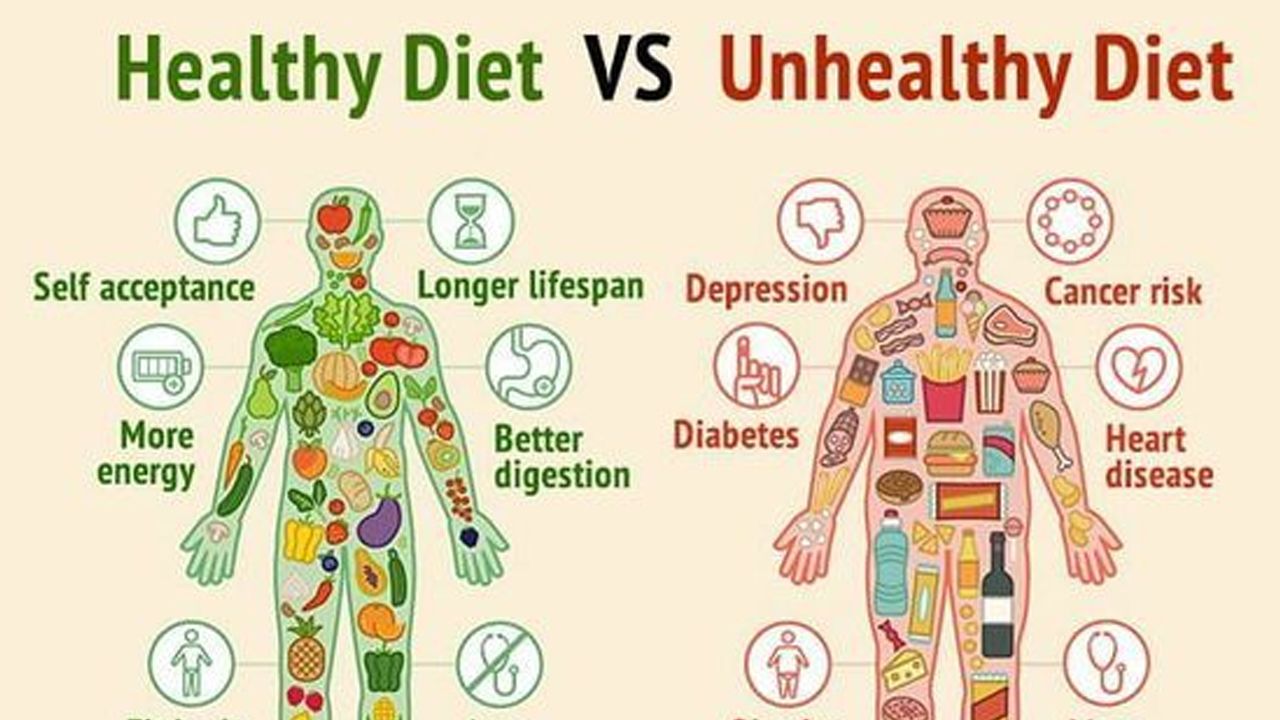By Contributing Member, Chef Kevin Frank
As the events of the last year have shown, the food industry is a critical part of the nation’s infrastructure. Be it commercial or non-profit, this nation could not function without the dedicated foodservice workers bravely going to work day in and day out. This industry literally feeds the nation. Specifically referring to school foodservice, an average of 21 million lunches and 11.5 million breakfasts were served to students daily in FY 2020. One would think that the industry that nourishes our nation’s most vulnerable population would receive unilateral support and be allotted ample resources. Why then are so many school foodservice programs struggling financially? Why is the overarching public sentiment that school food is substandard and unappealing? Why, if school foodservice is essential, is it not valued more?
Is it REALLY essential?
According to Edunacationdata.org, there were 50.8 million students enrolled in public schools for the 2019-2020 school year. The 21 million students who ate school lunch daily in that year represent 41.3% of the total enrollment in public schools. The 11.5 million breakfasts represent 22.6% of the nation’s students receiving one or more of their daily meals at school. According to nokidhungry.org, approximately 1 in 6, or 13 million children in the United States live in food insecure homes. Given these staggering numbers, it can easily be stated that the school breakfast program (SBP) and National school lunch program (NSLP) provide services that are essential for the overall well-being of our nation’s children.
Ok…It may be essential, but what’s it worth?
According to the United States Department of Agriculture (USDA) food plan for April of 2021, the “thrifty” average cost to feed a male child between the ages of 9 to 11 years is $38.20/ week. At 3 meals a day, for 7 days a week, this equates to $1.82 per meal. It is important to mention that the thrifty meal plan is designed to “Offer a more realistic reflection of the time available for food preparation, especially with increased expectations for work in assistance programs. Hence, it allows more prepared foods and requires somewhat fewer preparations from scratch.” (USDA.gov, 2007) This plan essentially encourages highly processed quick foods with very little scratch preparation. Conversely, The Moderate food plan for the same child is $65.90 per week, which equates to $3.13 per meal. While this is much better, even this plan relies on more processed food and minimal scratch preparation at home. Even the Liberal Food plan, which incorporates the most scratch cooking, still relies heavily on processed foods. This plan comes to $3.61 per meal for the male child between the ages of 9-11 years.
According to a meta-analysis conducted by the Harvard school of Public Health, it costs on average $1.50 more per meal to eat a “healthy” diet. (Dwyer, 2013) For the purposes of the study, healthy was defined as “diets rich in fruits, vegetables, fish, and nuts” while the unhealthy diets were considered “rich in processed foods, meats, and refined grains” (Dwyer, 2013). The reason that this information is important is because the current regulations surrounding school meals require fresh fruits, whole grains, fresh vegetables, with minimal fat and sodium, and have very strict calorie ranges. These regulations need to be met in order for school foodservice programs to be reimbursed for the meals. The current reimbursement rate is $3.56 for lunch and $2.26 for breakfast per meal in high need (over 60% free or reduced meal) programs. Specifically for lunch, the reimbursement is 5 cent less than the average meal cost for a liberal meal plan that still relies on many highly processed foods and minimal scratch preparation. The regulations however call for the opposite. How then are programs supposed to meet the regulations when only being given enough money to purchase food that is highly processed?

Moreover, this calculation does not take into account labor, variable costs and other expenses associated with running a foodservice program. The USDA meal plans are based on home cooking and feeding where labor, equipment, and infrastructure are assumed to be other parts of the household budget. With school meals however, the reimbursement per meal is supposed to cover all expenses. According to the School Nutrition Association (SNA) on average, school meal programs spend 44.7% of their revenue ($1.59) on the cost of food, 44.5% on labor and benefits, 9.5% on direct costs like supplies and equipment, and 1.3% on indirect costs (costs paid to the school district for admin fees, building maintenance etc.). These numbers show that many school meal programs are relegated to spending less per meal than the USDA thrifty meal plan allots for a diet that is highly processed with minimal scratch cooked foods, or to equate it to the Harvard meta-analysis, unhealthy. How then are programs supposed to meet the regulations or foster a paradigm shift without the financial resources to do it?

What can be done to help?
The National School Lunch Program and School Breakfast Program are both federal programs designed for social welfare. If there are changes to be made, it requires unilateral support from not only the government, but the public as well. Change starts at home. Reaching out to local, state, and federal representatives is the first step toward change. There are hungry children who cannot be adequately cared for with the current model. They deserve better. It takes a village.


